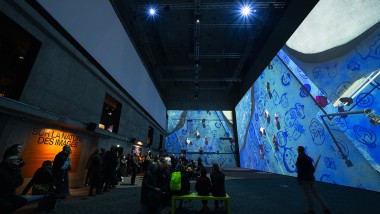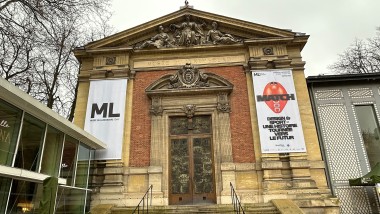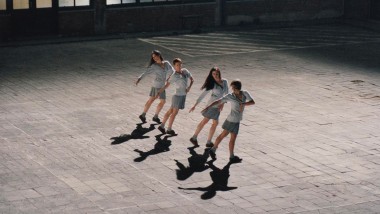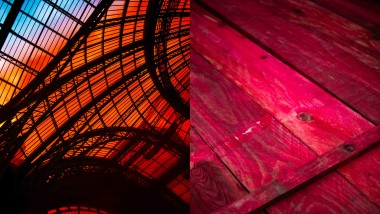
American Icons : who is Ellsworth Kelly ?

Through experiments with chance techniques, photography, and collage, he arrived at a form of abstraction rooted in his observation of subjects from nature and the built environment, such as birds, plants, and architectural fragments. Cité (1951) arose from an image in a dream Kelly remembered the morning after sleeping at the Cité Internationale Universitaire in Paris. Constructed of twenty joined wood panels whose abutting edges amplify the flickering rhythm of the painted stripes, the work reflects Kelly’s belief that his paintings are objects in their own right, rather than representations of outside subjects.
An exceptional colorist, Kelly favors a palette that differs greatly from the moody and highly mixed color ranges that dominated American painting in the late 1940s and early 1950s, seen elsewhere in this exhibition in the work of Philip Guston and Richard Diebenkorn. Among the earliest works of Kelly’s career, Spectrum I (1953) is one of dozens of paintings and collages that explore the complexities of harmonizing the color spectrum. The figure-ground relationship in Red White (1962) exemplifies the similarly keen sense of geometry and proportion that characterizes all of Kelly’s work. Using color and shape to stimulate the senses and evoke emotional responses, his carefully calibrated abstractions are enriched by their resonance with the interplay of form, color, and light that surrounds us in our daily lives.


Design goes the extra mile for sport! The trailer for the next exhibition at the Musée du Luxembourg
Article - 11 March 2024
‘Rosas Danst Rosas', A contemporary dance by Anne Teresa De Keersmaeker in response to Stein
Article - 24 January 2024

